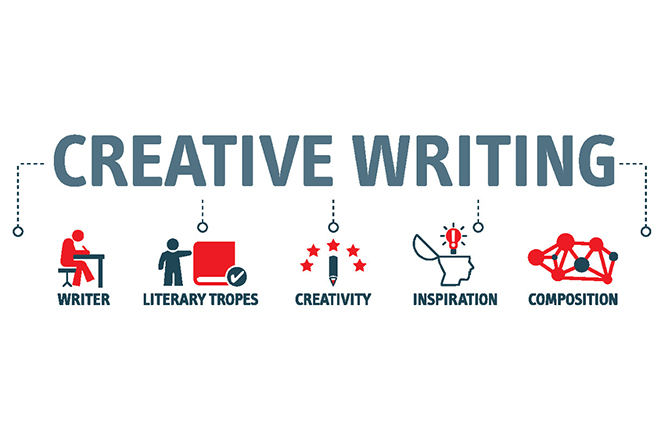Creative writing as infrastructure of creative cities

Chinese creative writing has gained widespread social recognition after over a decade of development. Photo: TUCHONG
As an emerging force characterized by its openness, Chinese creative writing has gained widespread social recognition after over a decade of development. It is a practice-oriented field that must actively respond to the demands of creative cities and the creative industries, guided by the principle of high-quality development in China.
Mechanism of cultural production
Creative writing, using language as a medium, is public, intermediary, practical, and systematic. It occupies an upstream position in the creative industry and is an integral part of a city’s cultural soft power, contributing to urban cultural construction. Firstly, the close connection between creative writing and creative cities can be observed through its development both domestically and internationally. Secondly, the material and intermediary aspects of creative writing stem from its inherent affinity with the film industry and modern technology. Thirdly, creative writing offers a private foundation for urban public life based on individual expression.
Internally, creative writing needs to explore and build its own methodology. Externally, it must continually adjust itself to adapt to changes in the environment. In China’s current cultural context, the construction of creative cities requires creative writing to produce cultural products that are responsive to people’s intellectual needs and aligned with overall social development, with the goal of reconnecting individuals with one another and with the external world.
Network of urban actors
Creative cities provide material foundations and media networks for creative writing, while creative writing provides intellectual resources for creative cities. Creative writing advocates for self-expression and the idea that everyone can write. As a public practice, it aims to cultivate “literary citizens” and encourages urban residents to take action, write their own stories, and express their life experiences and dreams. Centered on literariness, underpinned by education, and embodying creativity, creative writing practices figure notably in museums, libraries, exhibition halls, cultural communities, and other public spaces, forming a crucial aspect of the cultural landscape in contemporary creative cities.
The growing participation of amateurs in urban creative writing indicates a shift from “everyone can write” to “everyone can participate in public life through writing,” a transition that underscores the significant role of creative writing as infrastructure of creative cities. The future of urban creative writers depends on their ability to not only produce brilliant works, but also connect with their city through writing. In other words, literary citizens will, through the medium of creative writing, link individuals to the self, to others, and to urban masses. These connections become mutual reflections, forming a grand cycle of transformation and reconstruction between literature and life, writing and action, and the everyday and the extraordinary.
Writing-city intertextuality
Literary citizens, urban masses, and relevant institutions jointly engage in the rewriting of cities, where old and new stories continuously intersect, creating new urban forms. At the same time, new forms of literary writing emerge in cities. This interplay between literature and cities gives rise to new material foundations and cultural landscapes of creative cities.
As urban renewal accelerates, creative writing is expected to play an increasingly remarkable role in the functional reengineering of industrial heritage, former celebrity residences, and historic buildings. Various writing workshops and the retelling of urban stories have prompted the adaptation of urban memory, enabled the experiential participation of urban residents, and reshaped their cultural sensitivity. Creative writing also contributes to liberating urban cultural productive forces. While mobilizing various individuals and literary resources, creative writing also facilitates dialogue and transformation between literature and other art forms, such as film, television, and theater, promoting cross-domain circulation of artistic aesthetics, the cultural industries, and urban space.
The key to creative writing in the context of creative cities lies in promoting innovation in literary experience and cross-domain transformation of literary resources. Urban creative writing practices allow literary citizens to honor their responsibilities and duties, faithfully record everything happening in their city, and engage in the recreation of urban life together with urban masses. This is also the historical mission that literature shoulders in the creative era.
Ye Zhudi is the editor-in-chief at Exploration and Free Views.
Edited by WANG YOURAN

 PRINT
PRINT CLOSE
CLOSE